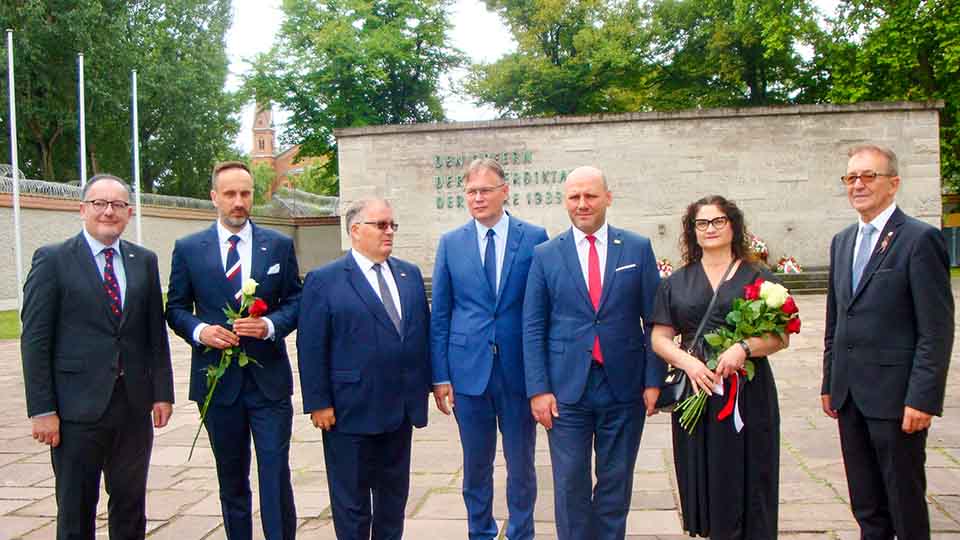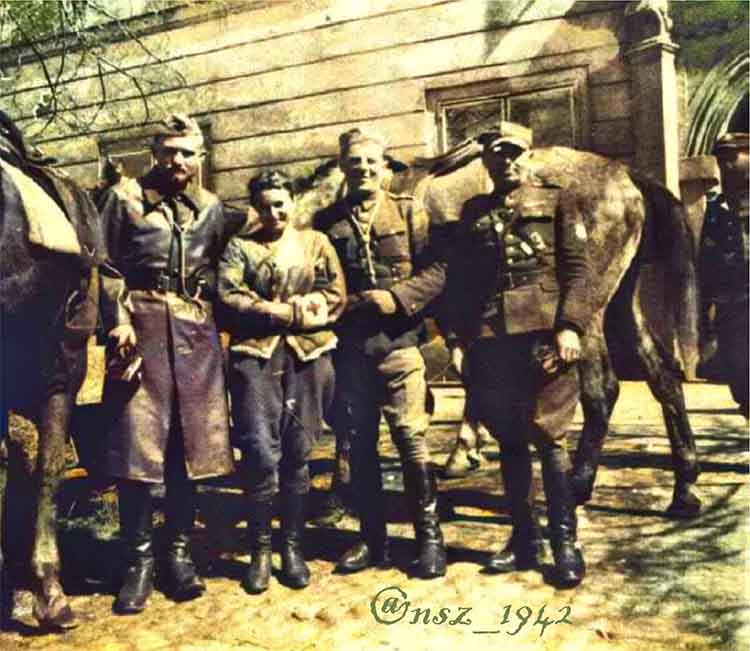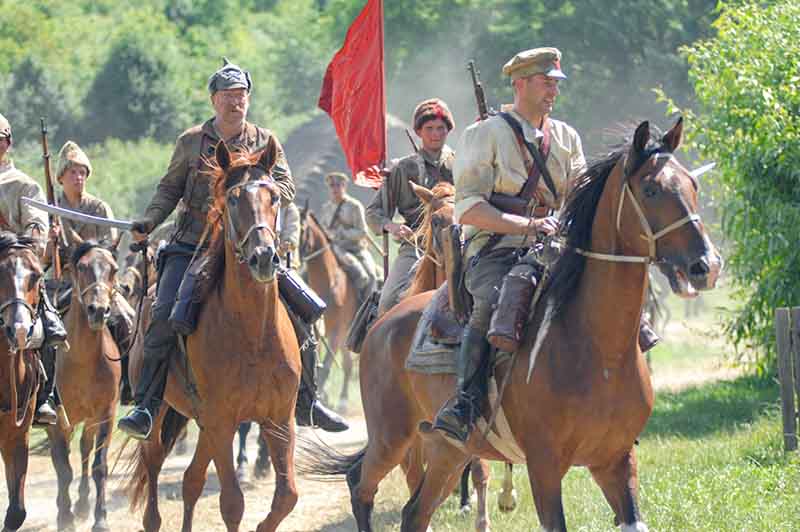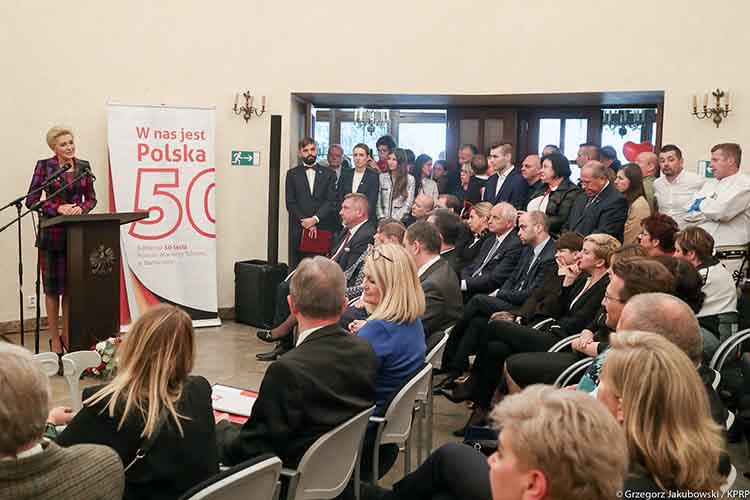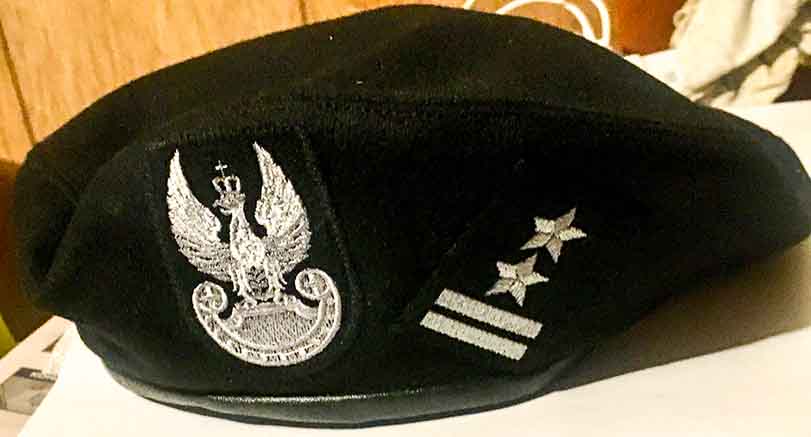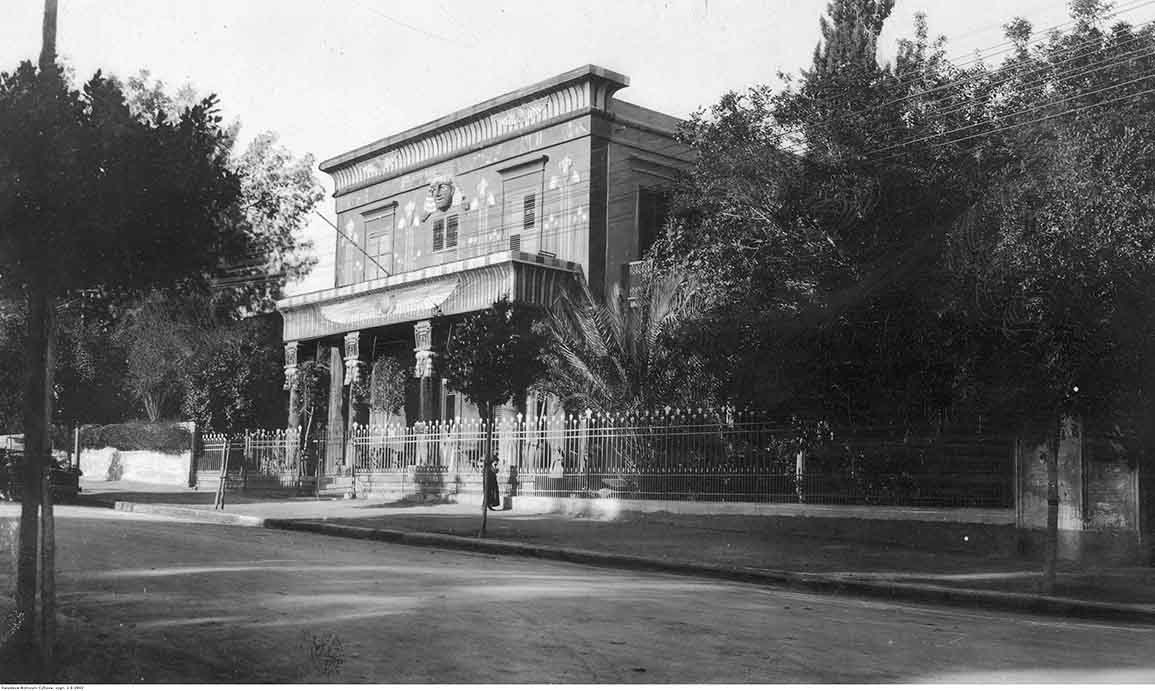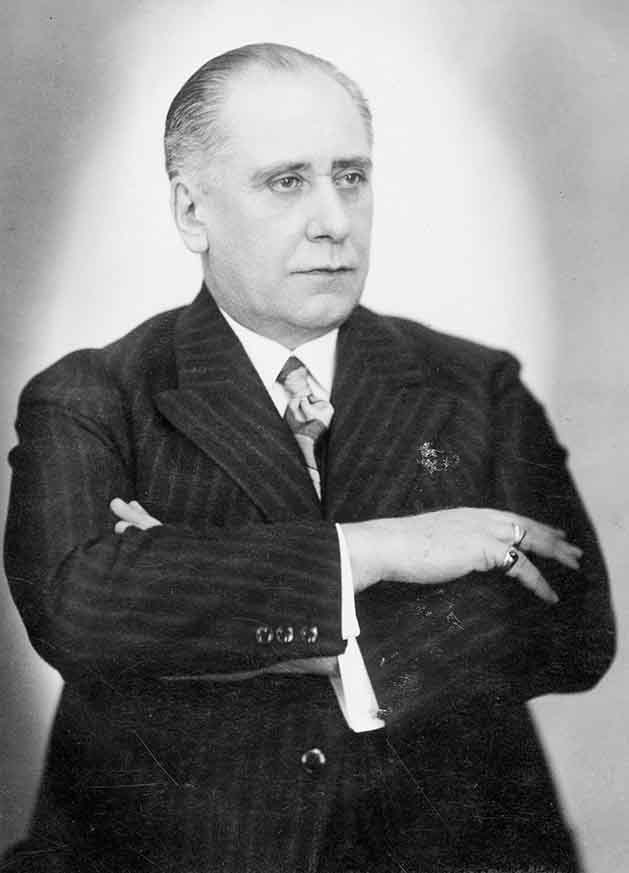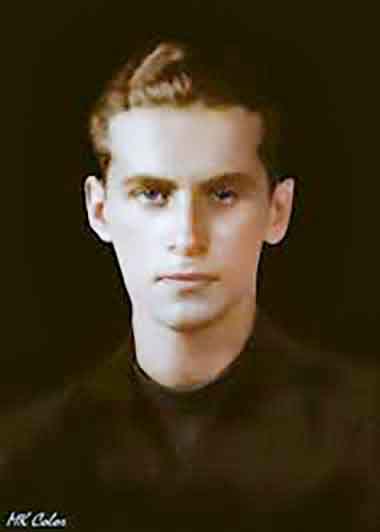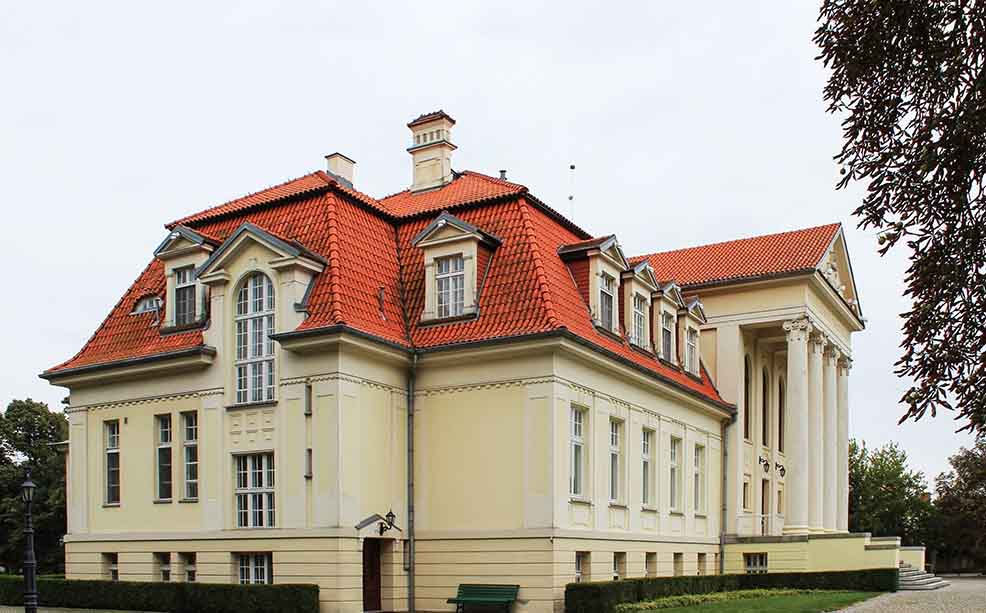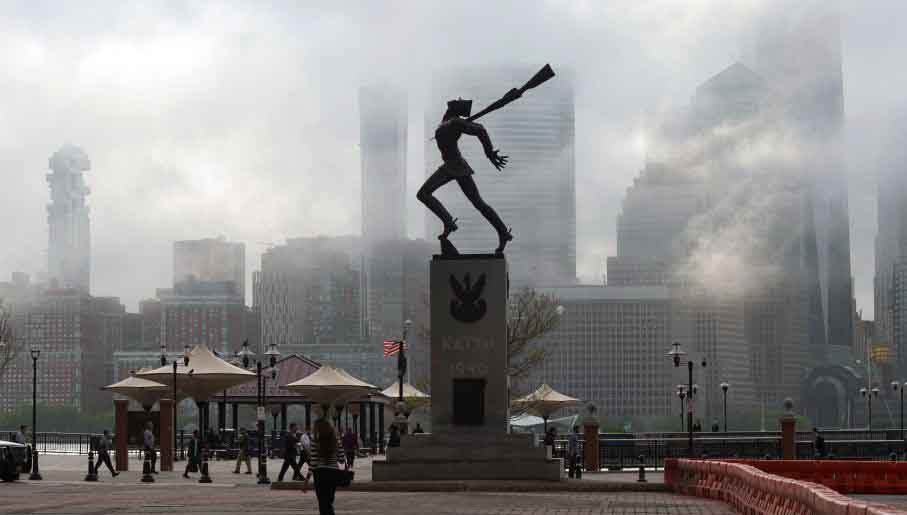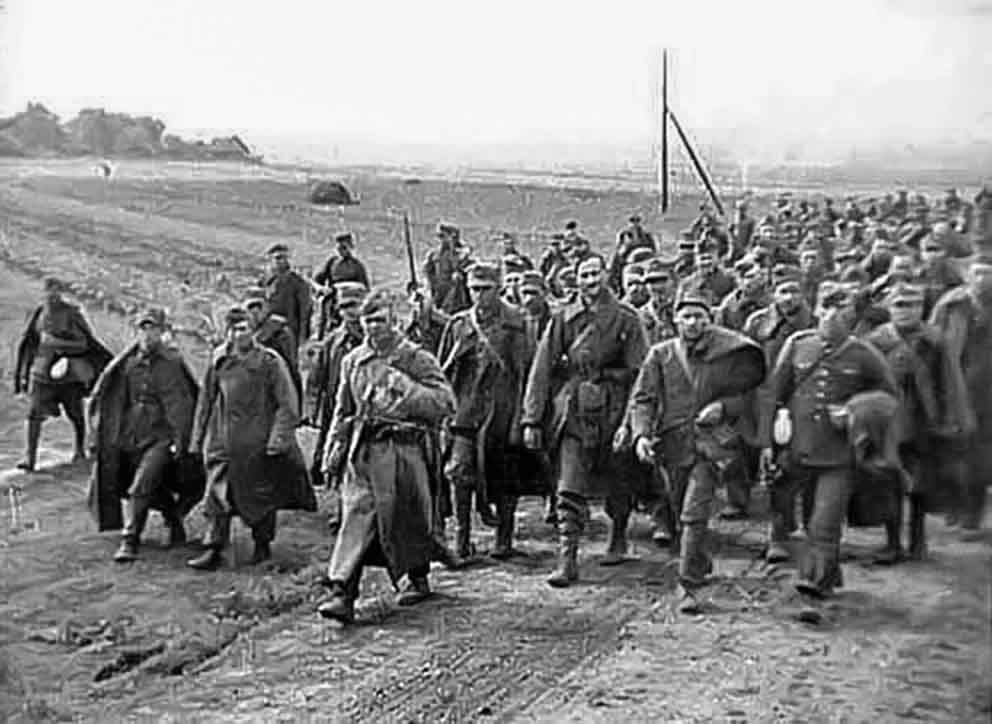Exactly one hundred years after the creation of the representation of Polish nationality living in Germany, on Saturday, August 27, anniversary celebrations took place in Berlin. Over 120 people attended them, from all over the world, from Poland, Germany, USA, and Ukraine.
Read more...One of the officers of the Świętokrzyska Brigade, the commander of its 2nd Company, was captain Wacław Żurowski, pseudonym "Żur", who, after the dissolution of the guard companies, emigrated to the United States and settled in Milwaukee. His fate is an example of the fate of many members of this military formation.
Read more...Fought August 13-20, 1920 between the armies of the newly restored Poland and revolutionary Bolshevik Russia, this great battle is also known as “the Miracle of the Wisła,” or Vistula, Poland’s main river. Pitting two armies totaling over 250,000 combatants, the battle resulted in the Bolsheviks’ total defeat.
Read more...August 27, 2022 is the 100th anniversary of the foundation of the Union of Poles in Germany (Związek Polaków w Niemczech, ZPwN). Before the ceremonial gala begins, it is worth considering the problems that the Association has been struggling with since the end of World War II.
Read more...A delegation of the Embassy of the Republic of Poland from Washington and the Consulate of the Republic of Poland in Chicago, came to Milwaukee on August 13 this year to honor the last surviving World War II veteran, Major Leonard Jędrzejczak.
Read more...The Polish Army Day is celebrated since 1992 in memory of the Battle of Warsaw in 1920, also known as the "miracle on the Vistula River," fought during the Polish-Bolshevik war, when Polish troops defeated the Russians, stopping their expansion to the west.
Read more...On the right bank of the Nile lies the town of Helwan which, today, belongs in the outskirts of Cairo. Patients from Europe, Turkey and America came here to improve their health. Two guesthouses were established by Poles in Helwan. They were "Willa Wanda" and Resort "Jola." Being medicinal resorts, they also constituted important centers of Polish identity on the Nile. Many eminent figures visited their rooms.
Read more...Ferdynand Antoni Ossendowski is the author of 77 books published in 150 translations into 20 languages. In the interwar period he was one of the five most widely read writers in the world, and the total circulation of his books reached 80 million copies. After World War II, he was discontinued. Entered onto the list of banned authors, he disappeared from the register of Polish writers, and all his books were removed from libraries. Why?
Read more...65 years have passed since the end of World War II. The historical cataclysm, caused by the invasion of Poland by Germany and Russia, destroyed our country not only economically, but also burdened us with a system that was alien and hostile to the nation for many years.
Read more...The General Dąbrowski Palace is a historic palace in the village of Winna Góra in Greater Poland (45 km/28 miles south-east of Poznań), built in 1910 for Henryk Mańkowski in the neoclassical Polish national style. Since 2021, the cultural institution of the Self-Government of the Wielkopolska Region has been located here, which carries out its mission around the figure of General Jan Henryk Dąbrowski and pioneers (male and female) of the so called "organic work".
Read more...Protecting historical landmarks symbolizing freedom and horrors of genocide should be above reproach. However, the Jersey City monument commemorating the 1940 Katyn massacre of 22,000 Polish POW officers held by the Soviet Army after its 1939 invasion of Poland was challenged and plans were made for its removal in May last year.
Read more...Wojciech Materski
Although Russia has officially acknowledged the perpetration of the Katyn massacre, this truth is virtually absent from Russian historiography today. For it does not fit into the myth of the great victory of the war, any more than the Hitler-Stalin pact of 1939, the mass deportations, the enslavement of the Baltic republics, or the colossal scale of the Red Army's marauding in the final phase of the Second World War.
Read more...


